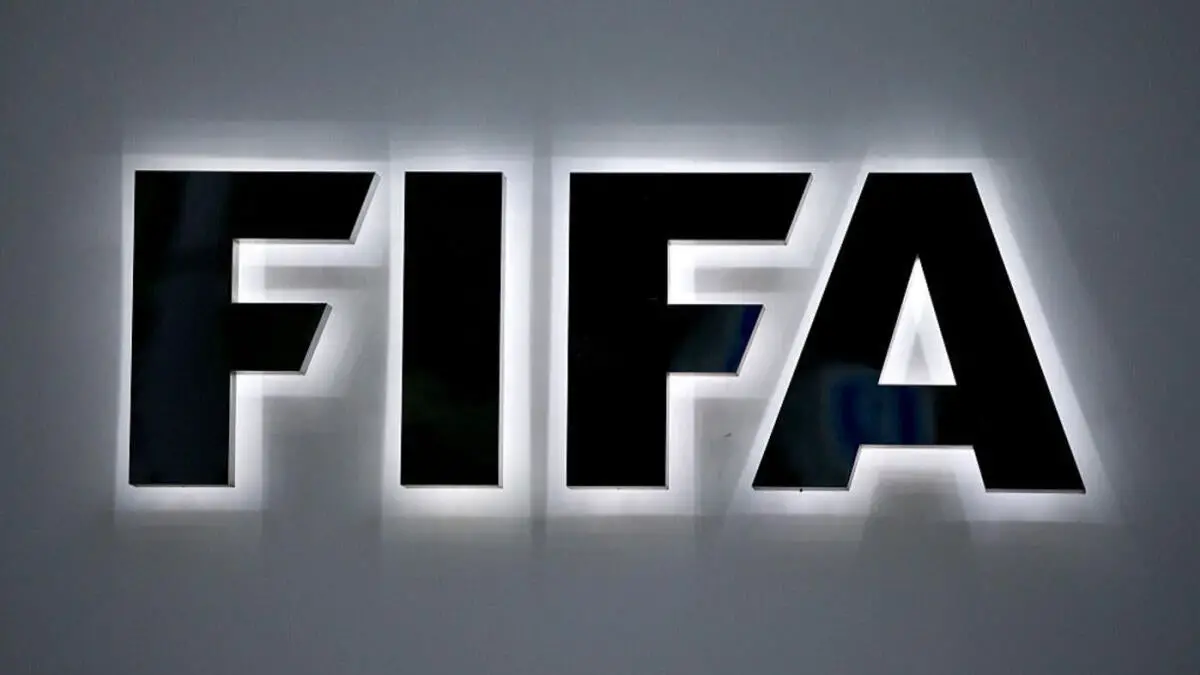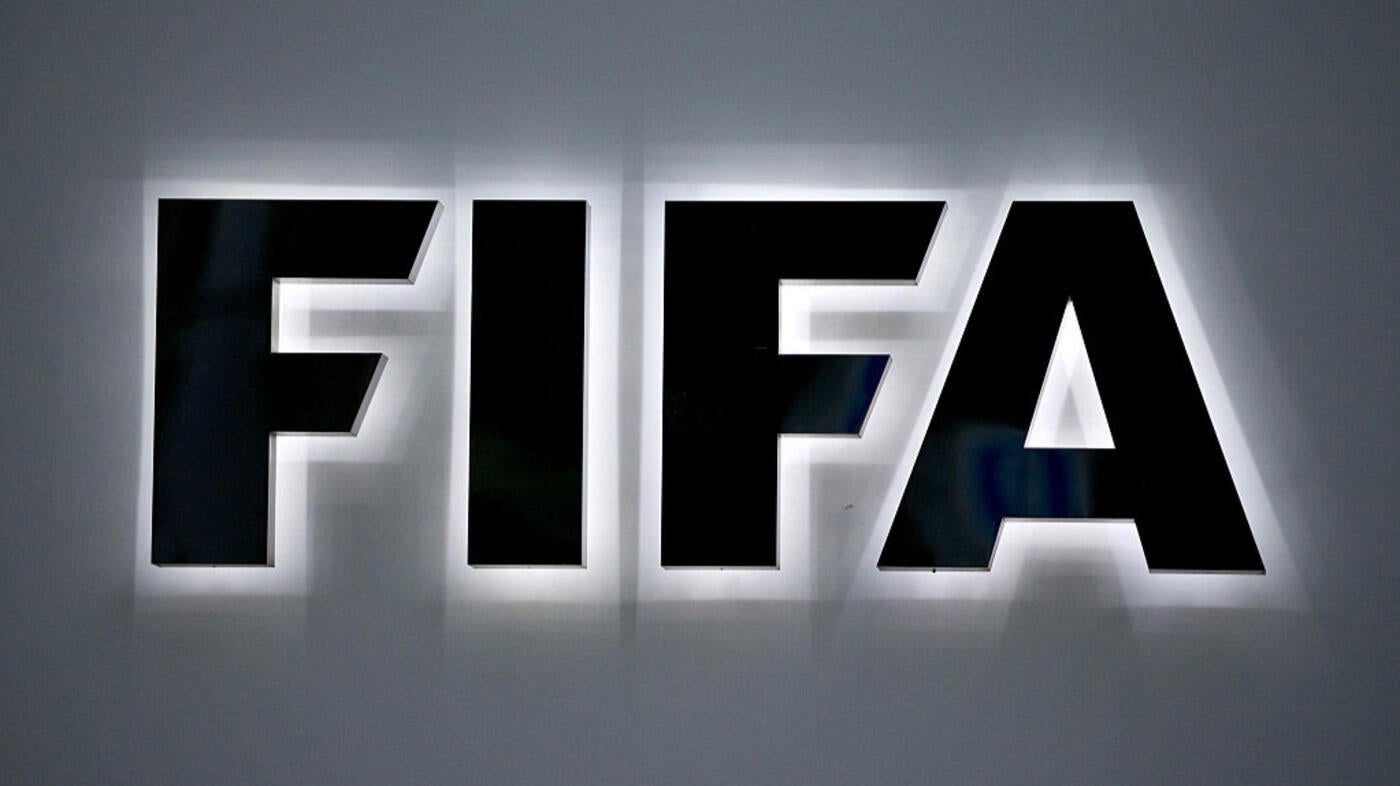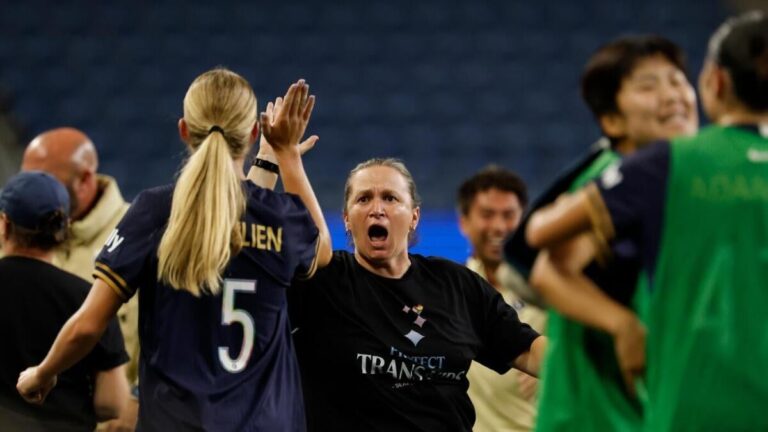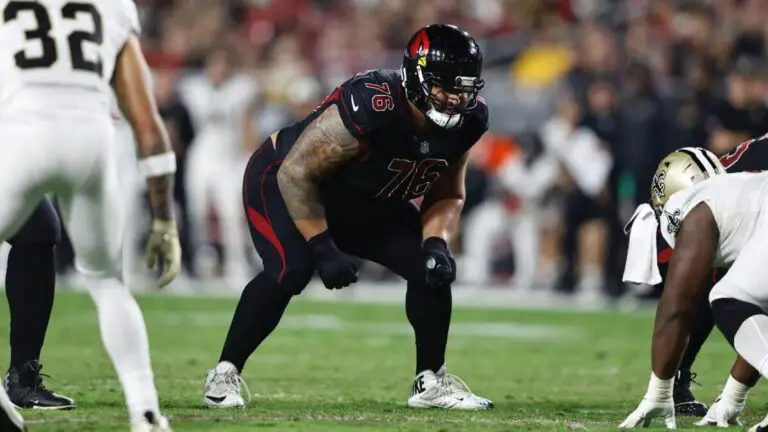

FIFA funds study looking into correlation between menstrual cycle and ACL injuries
FIFA funds study looking into correlation between menstrual cycle and ACL injuries

FIFA will finance an academic study at Kingston University to investigate whether there is a connection between the menstrual cycle and anterior cruciate ligament (ACL) injuries in women’s football, which are more prominent than in men’s football.
Some well-known female players who have recently been affected by ACL injuries have been Vivianne Miedema, Beth Mead and Sam Kerr-Die from the Chelsea line-up for 15 months.
“We want to investigate whether athletes are more susceptible to injuries because of the functional changes in terms of their anatomy and physiology during the menstrual cycle,” said Simon Augustus, a senior teacher in sports biomechanics. “We know that hormones fluctuate during different phases of the cycle, but we do not yet know how much influences the risk of injury.”
The purpose of the study, which is part of the FIFA Research Scholarship Program is to reduce the risk of injury by adapting the training to the needs of individual athlete. The annual project starts in June with experts in the field of Kingston University who work with clubs in southwestern London, including Chelsea and Fulham. Athletes participating in the study will regularly visit the campus to have blood and physical performance tests.
Researchers will analyze hormone concentrations in blood samples, in particular female specific hormones such as estrogen and progesterone. Those hormones are linked to increasing ligament laxity, which means that joints are more flexible than normal, and a decrease in neuromuscular reaction times, which refers to the speed with which the nervous system receives a stimulus and starts a muscular response.
The hormone concentrations will be removed with the physical performance of the player to determine whether there is a connection between ACL risk factors for injuries and where an athlete is in its menstrual cycle. This will also mean to look at the most common ways in which athletes injure their ACL.
The research team will be led by PhD student Blake Rivers next to August, James Brouner and Michelle Richards, who are sports and scientific experts at Kingston.
“We know that some injuries are inevitable, for example if a player is involved in a bad tackle,” said August. “But we try to help those people who injure their ACL outside of bots actions – those are those where we may be more likely to intervene and prevent them from taking place by using strength training or tweeting technology.”



